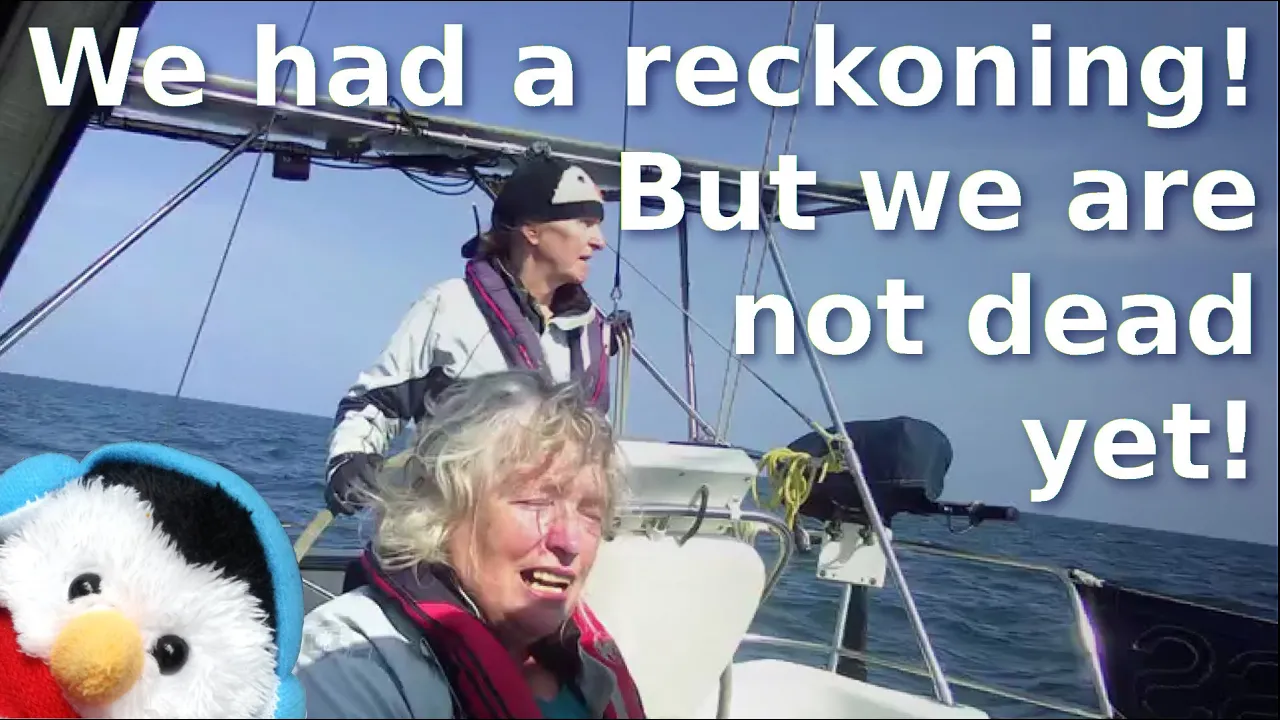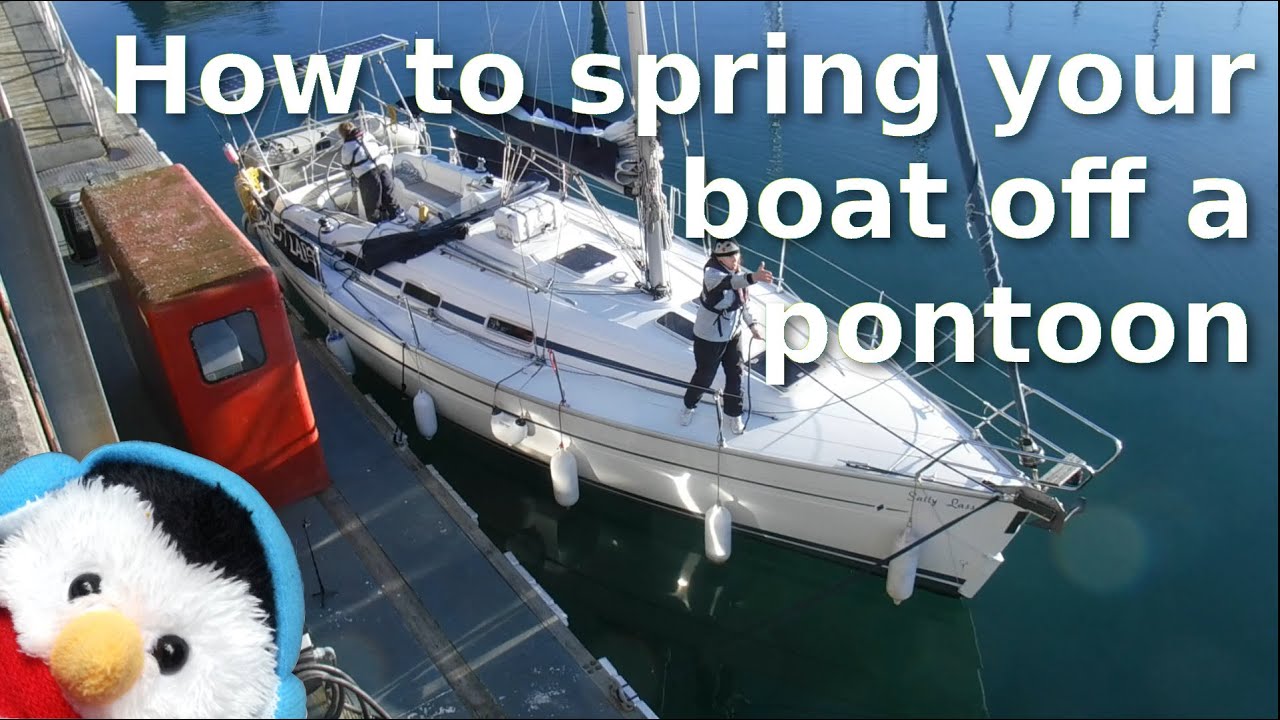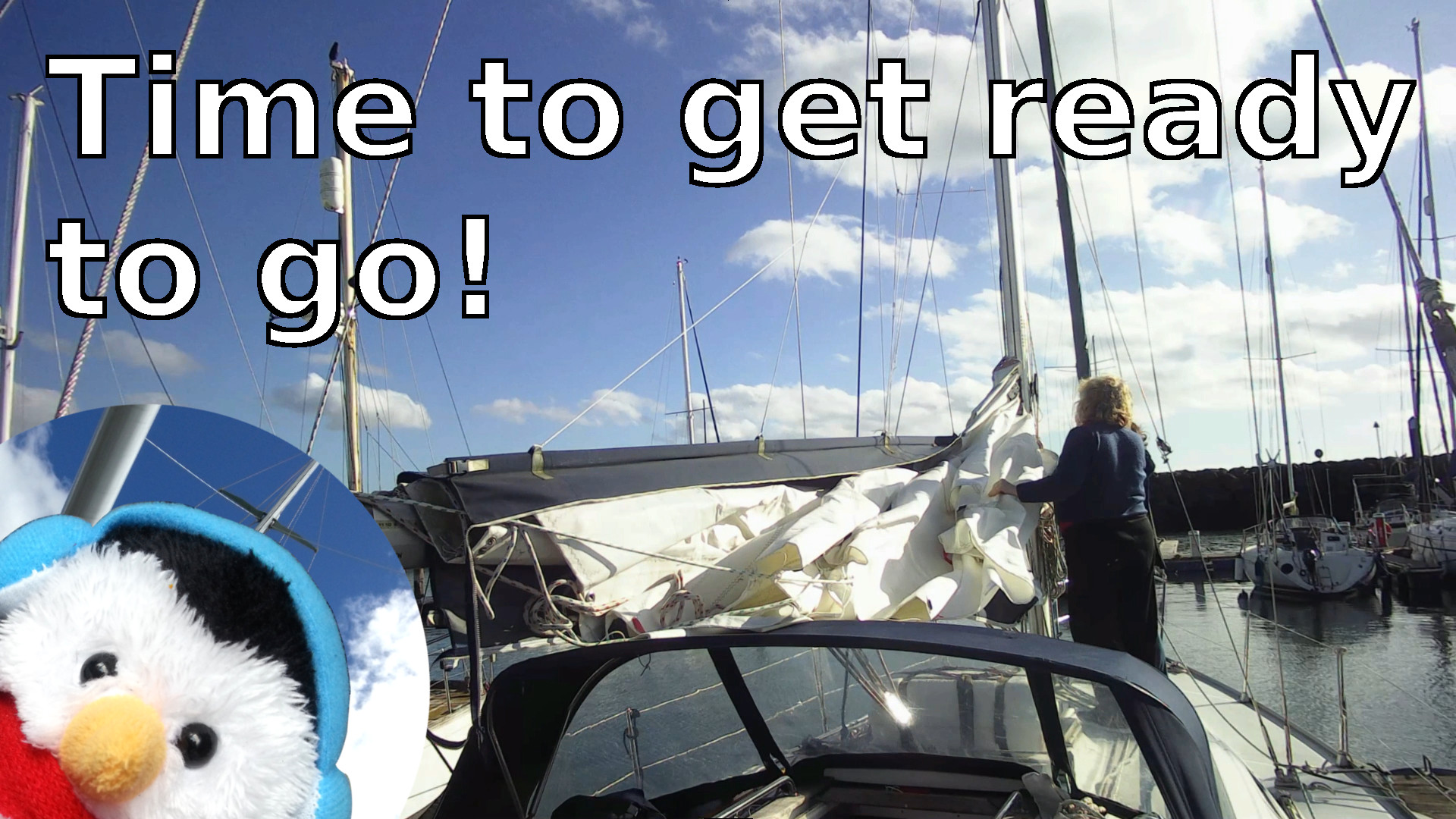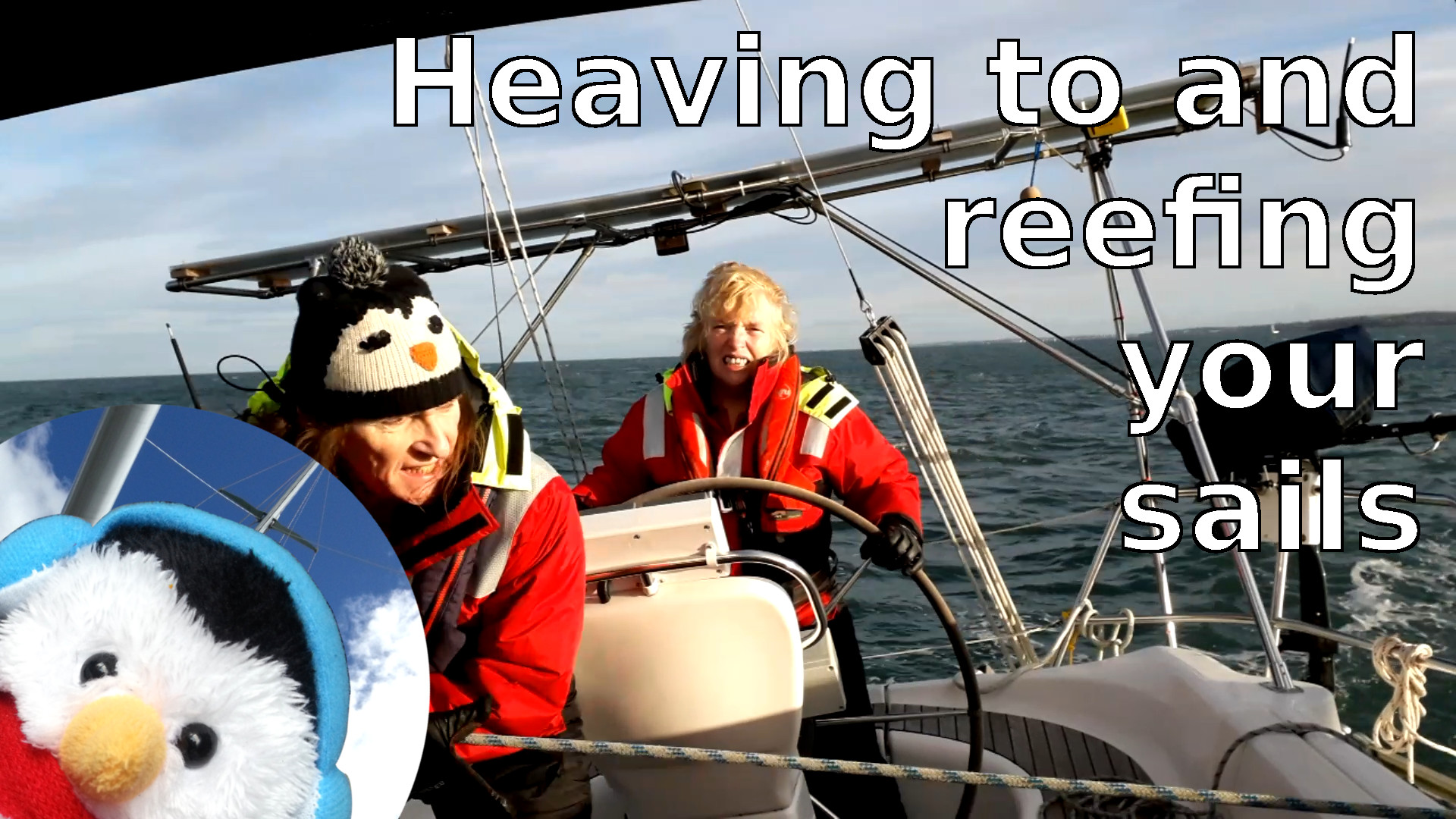Really this is just the start of our thinking on Man Overboard, as we will be coming back to this topic again as we perfect all the techniques, but we have at least started the study with, how do we get the other person on-board.
Plotting our compass deviation
In our last blog we had taken a lot of measurements for our compass deviation, taking bearings with our chart plotter and our compass. So that we were doing was taking a bearing then reading off what the GPS chart plotter said. So now it was time to plot these on our compass deviation card. So to do this we said that the GPS signal was the true bearing so say we were on a bearing of 350° and the GPS recorded a bearing of 351° then we would plot a mark at 1° in the West column of the chart, indicating that if we needed to rely on the compass alone then we would need to add 1° to our bearing to get our true bearing. In some situations you would need to take account of the magnetic deviation when you plot the magnetic deviation, but we did not need to do that as at the moment the magnetic deviation for the UK is 0°.
Now this is a little bit controversial but seeing as our marks on our compass are 5° apart then realistically we can only sail to a bearing of 2.5° at best, so as long as our compass and the GPS track are more or less in line then we should be fine. I suppose what we are saying here is what is your margin of error, when you are sailing. Ours is about 5° so as long as we can keep to that, then we should be fine.
Washing
Just a quick update, we have washing at last at the marina, it is a service wash but it is there at last. This meant that I was up early, just so that I could get my washing done. While I was reporting on the washing situation, I reported on how good Beverley was with her having a video already uploaded and ready to go while I who look after Cooks tour, only do a video every two weeks and mine was due that day and was not complete yet. So I was going to be busy that day.
Man overboard preparation
So we started thinking about our man overboard by thinking about how we were going to recover the person. Now on our yacht we have a swim platform, so we could recover a person that way, however we also sling our dinghy over the stern, so that would get in the way, so we need some kind of quick release mechanism to release the dinghy quickly. Then our other issue is that seeing as we usually only have two people on board then we need to be able to recover the other person single handed.
Quick release for our dingy
So the first issue was a quick release mechanism for our dinghy, so we bought two locking shackles that we could use to to attach the dinghy with. These plus the shackle that we already had that attaches to the top of the bridal would mean that we had three points at the top of the dinghy which would keep our dingy in place. So of course I was the first one to give our quick release mechanism a try, to say that I was slow is an understatement, Beverley even had time to show some footage of some little fish that we had seen in the marina, I was that slow. A lot of my issues came from the knots near the shackle just being too close, so once all these were sorted Beverley had a go and she was a lot quicker.
Bringing someone on-board
The next thing we looked at was bringing somebody onboard, so we looked at using the D ring on the life jacket harness. They do say that you should not use this and I can see why. Beverley only lifted me a couple of centimetres and my rib cage was crushed. It is clear that the purpose of the D ring is to clip you to the life lines and nothing else. It was good to throw that idea out of the window rather than a person, so that was useful to know. In the end we went for an idea based on our bridal, it will mean that this is something that I will need to make, but I was board anyway.
Other stuff
I decided to whip the clips that I have for our docking stick straight onto the rope as the tube that I have to put the rope through is that bent that it caused issues, plus I never user that particular line for anything else, so removing the tube means the line is a little less flexible but seeing as it is used for no other purpose then that so it should be fine. Other than that it was just a case of filling up the water tanks and preparing the boat for a storm.













